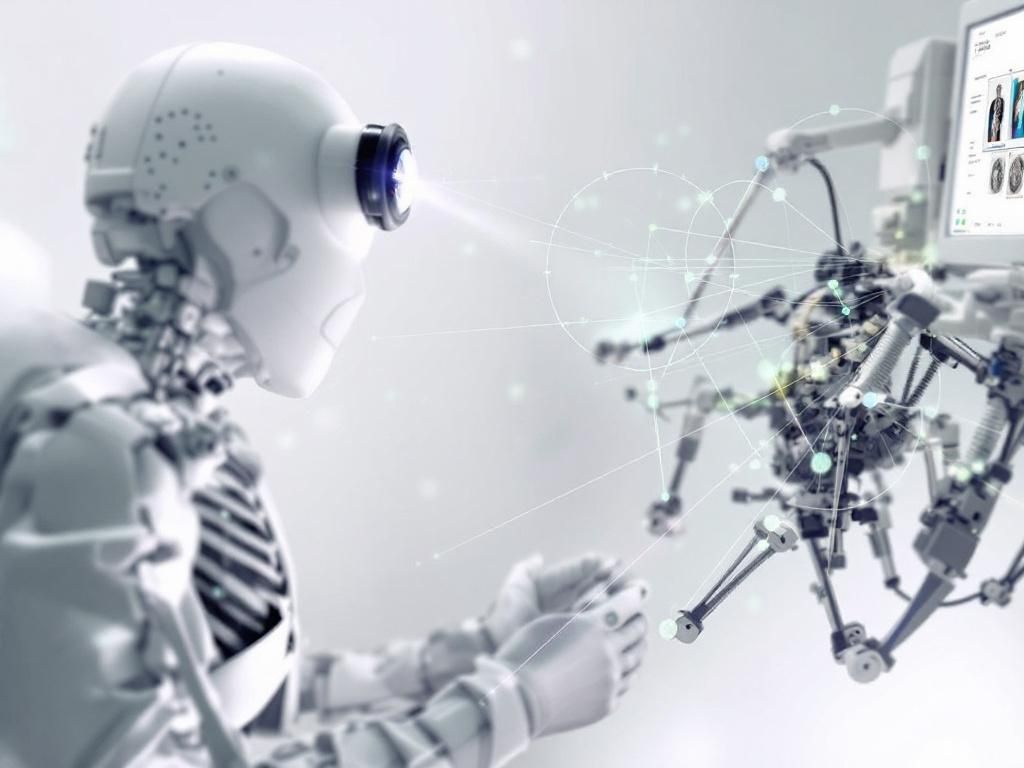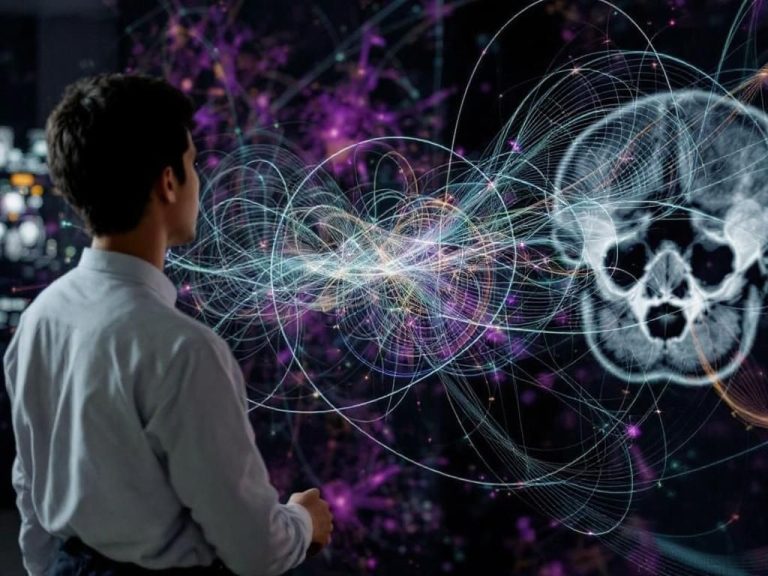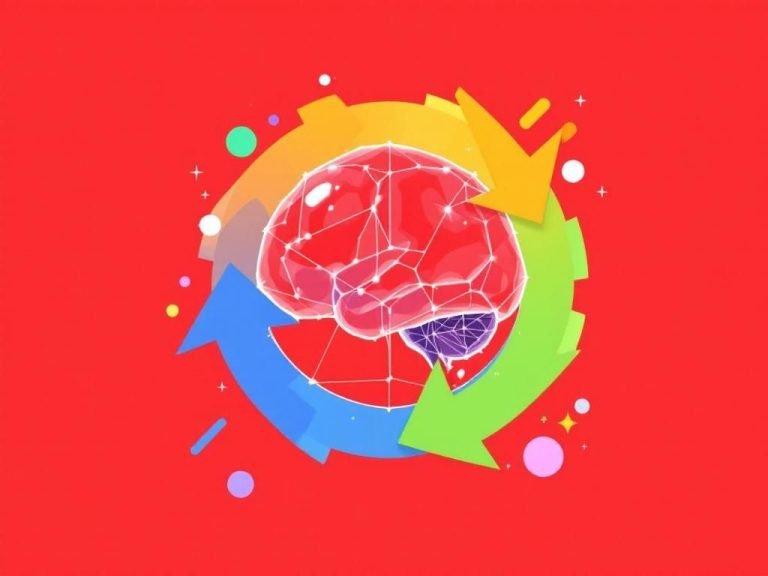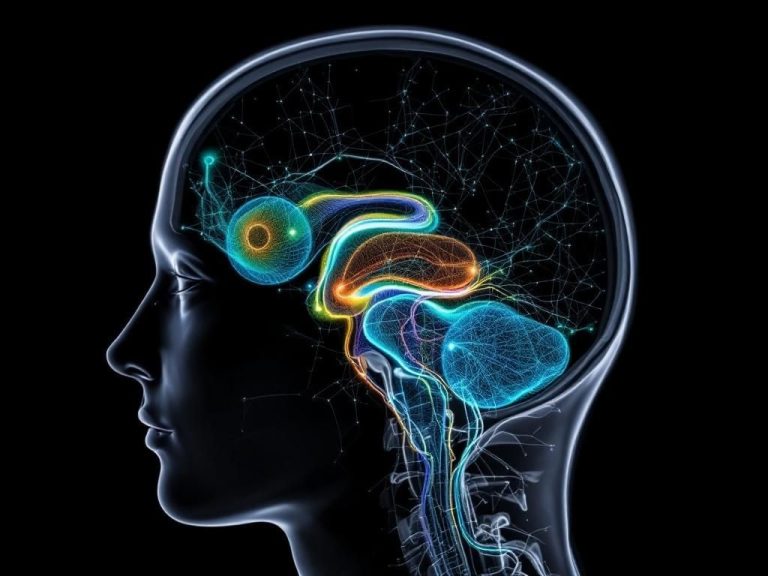The realm of medical imaging is undergoing a significant transformation, driven by advancements in deep learning technologies. As healthcare professionals increasingly seek streamlined solutions for diagnostics and patient care, the role of artificial intelligence (AI) becomes even more crucial. In this article, we will explore some of the leading deep learning platforms that are shaping the future of medical imaging in 2025. These platforms are designed to enhance diagnostic accuracy, improve workflow efficiency, and ultimately lead to better patient outcomes.
Understanding Deep Learning in Medical Imaging
Deep learning, a subset of machine learning, utilizes neural networks to analyze complex data, making it particularly well-suited for medical imaging tasks. When applied to medical images, deep learning models can:
- Detect anomalies such as tumors or lesions.
- Segment organs and other structures for precise treatment planning.
- Predict patient outcomes based on image data.
With the increasing volume of imaging data generated in healthcare, deep learning is proving to be an indispensable tool. The platforms we will discuss not only harness this power but also provide user-friendly interfaces for healthcare practitioners.
Criteria for Evaluating Deep Learning Platforms
Choosing an appropriate deep learning platform for medical imaging involves evaluating several key factors:
- Accuracy: The precision of the model in detecting and classifying medical conditions.
- Ease of Use: User-friendly interfaces that require minimal technical expertise.
- Integration: Compatibility with existing healthcare systems and imaging modalities.
- Scalability: Ability to handle large datasets and grow with the institution’s needs.
- Support and Resources: Availability of documentation, training, and customer support.
Leading Deep Learning Platforms for Medical Imaging in 2025
1. NVIDIA Clara
NVIDIA Clara is a comprehensive platform embedded with AI capabilities aimed at enhancing medical imaging workflows. Key features include:
- AI-Enabled Imaging: Provides tools for image reconstruction, segmentation, and classification.
- Integration with Existing Systems: Easily integrates with DICOM systems for seamless workflow.
- High Performance: Leverages GPU acceleration for faster processing.
Moreover, it supports various imaging modalities, including CT, MRI, and ultrasound, making it versatile across different clinical settings.
2. Google Cloud Healthcare API
Google’s Cloud Healthcare API offers a robust environment for managing and analyzing healthcare data. Its deep learning capabilities include:
- Data Management: Facilitates the organization of healthcare data, including imaging data.
- Machine Learning Models: Provides pre-trained models for common imaging tasks.
- Collaboration: Allows secure sharing of data among healthcare professionals.
This platform’s scalability is particularly beneficial for large healthcare organizations looking to integrate AI into their imaging practices efficiently.
3. IBM Watson Health Imaging
IBM Watson Health Imaging utilizes AI to bring advanced analytics to medical imaging. Notable features include:
- Clinical Decision Support: Offers real-time insights that aid in clinical decision-making.
- Collaborative Tools: Promotes collaboration among clinicians through shared insights.
- Custom AI Models: Enables the development of custom models tailored to specific clinical needs.
Its focus on decision support makes it particularly valuable in radiology departments aiming for accurate and timely diagnoses.
4. Aidoc
Aidoc specializes in radiological imaging, primarily focusing on urgent care scenarios. Its platform boasts:
- Real-time Analysis: Quickly analyzes scans to highlight potentially critical findings.
- Priority Alerts: Notifies radiologists of urgent cases, optimizing patient care.
- Integration: Seamlessly integrates with PACS systems.
By reducing the time to diagnosis, Aidoc ensures that patients receive timely interventions, crucial in emergency scenarios.
5. Zebra Medical Vision
Zebra Medical Vision is known for its extensive database of imaging algorithms. It offers:
- Comprehensive Algorithms: Provides tools for a wide variety of imaging studies, from chest X-rays to cardiac CT scans.
- Automated Reporting: Generates automated reports based on analysis, reducing the workload on radiologists.
- Data Privacy: Adheres to strict data privacy standards for sensitive health information.
This platform’s algorithm diversity enables healthcare facilities to cover a broader spectrum of medical conditions, enhancing diagnostic capabilities.
Challenges in Implementing Deep Learning Platforms
While the benefits of deep learning platforms in medical imaging are significant, several challenges persist, including:
- Data Quality: High-quality annotated datasets are essential for training robust models.
- Regulatory Compliance: Navigating the complex regulatory landscape can be challenging for developers.
- Integration with Legacy Systems: Ensuring compatibility with existing hospital infrastructure may require significant investment.
The Future of Deep Learning in Medical Imaging
As we look ahead to 2025 and beyond, the future of deep learning in medical imaging appears promising. The technology is expected to:
- Enhance accuracy and efficiency in diagnostics.
- Reduce the burden on healthcare professionals by automating routine tasks.
- Improve patient outcomes through timely diagnosis and treatment.
Healthcare providers who embrace these platforms will likely stay ahead of the curve, offering more effective and personalized patient care.
Conclusion
The mounting demand for effective medical imaging solutions in healthcare is fueling the evolution of deep learning platforms. By leveraging AI, these systems can enhance diagnostic accuracy, streamline workflows, and ultimately lead to improved patient care. As the landscape evolves, healthcare institutions that invest in these technologies will not only enhance their operational efficiency but also play a crucial role in the future of medicine.
FAQ
What are the best deep learning platforms for medical imaging in 2025?
Some of the top deep learning platforms for medical imaging in 2025 include TensorFlow, PyTorch, Keras, and NVIDIA Clara, each offering unique features tailored for healthcare applications.
How do deep learning platforms improve medical imaging?
Deep learning platforms enhance medical imaging by enabling automated image analysis, improving diagnostic accuracy, and facilitating faster processing times through advanced algorithms.
What features should I look for in a deep learning platform for medical imaging?
Key features to look for include robust data handling capabilities, support for various imaging modalities, pre-trained models, and integration with existing medical systems.
Are there any open-source deep learning platforms for medical imaging?
Yes, platforms like TensorFlow, PyTorch, and Keras are open-source and widely used in the medical imaging field for developing and testing deep learning models.
How can I evaluate the performance of deep learning models in medical imaging?
Evaluating model performance can be done using metrics like accuracy, sensitivity, specificity, and area under the ROC curve (AUC), alongside validation on diverse datasets.
What role does cloud computing play in deep learning for medical imaging?
Cloud computing provides scalable resources for training and deploying deep learning models, enabling collaboration, data sharing, and reducing the need for expensive on-premises hardware.




